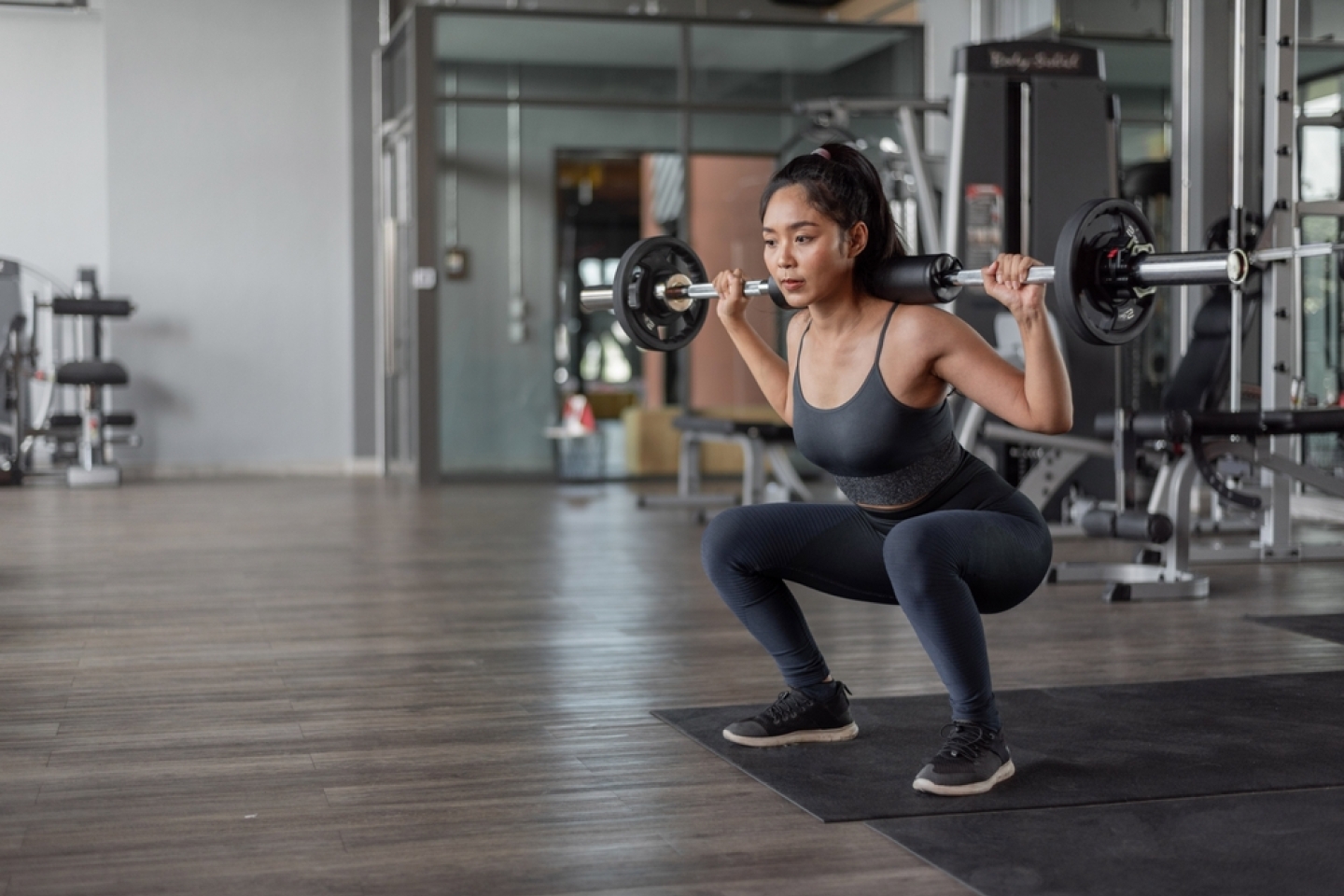
You eat a healthy diet and feel pretty good most of the time. However, to look, feel and think your best, women’s fitness matters.
“Exercise is medicine,” says Dr. Jaclyn Bonder, medical director of Women’s Health Rehabilitation at Weill Cornell Medicine & NewYork-Presbyterian/Weill Cornell Medical Center. “It helps build stronger bones and muscles, and it can reduce stress and help your mood.”
Want to reap these benefits? Here’s how to get started.
Women’s fitness is no one-size-fits-all solution. You have options. The trick is to find what you enjoy so you make regular exercise part of your routine.
Three types of exercise to consider include:
Afraid you’ll get bored with exercise? Switch up your exercise routine to work your body in new ways and reduce the risk of burnout and injury. You can also join group exercise classes, so you’re never alone during training sessions.
No matter what exercises you prefer, taking a women’s health and fitness journey increases your odds for a longer, healthier life. A study supported by the National Institutes of Health reports that women who exercise regularly lower their risk of early death more than men who exercise, “even when women put in less effort.”
However, you must maintain your routine to enjoy the health benefits of moderate intensity or vigorous exercise. To keep on track, it’s helpful to do the following:
“If you haven’t exercised in a while, ease back into fitness,” Dr. Bonder says. “Recognize this will go slowly, and that’s okay.”
Need help incorporating fitness into your life? Find a doctor at Weill Cornell Medicine today.